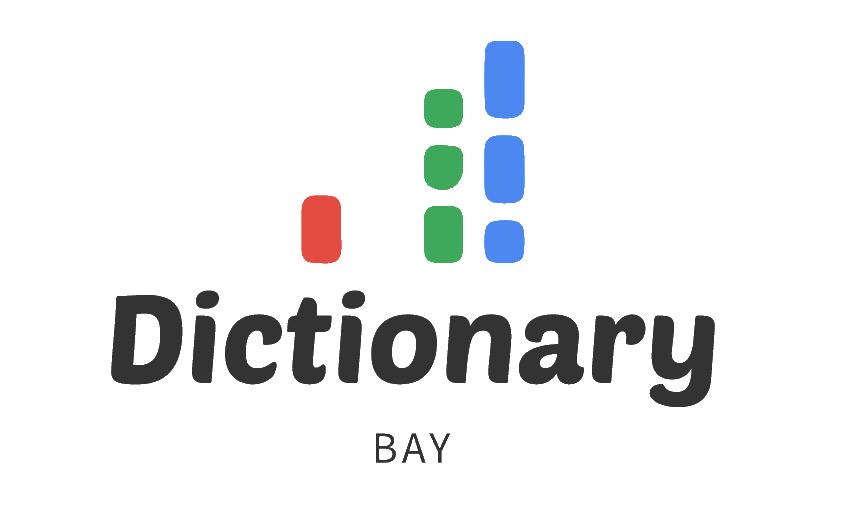Attention deficit hyperactivity disorder (ADHD) can pose significant challenges for students in the classroom, and it’s essential for teachers in special education to be equipped with the knowledge and skills needed to support these learners. ADHD is a neurodevelopmental disorder that can affect students’ ability to focus, stay organized, and control their impulses. In this article, we will explore some of the classroom challenges that students with ADHD may face and offer strategies that teachers in special education can use to support their students.
Challenges for Students with ADHD in the Classroom
One of the biggest challenges that students with ADHD face in the classroom is difficulty with attention and focus. They may have trouble following along with lectures, completing assignments, and staying on task. Additionally, students with ADHD may struggle with organization and time management, leading to difficulty in completing assignments and meeting deadlines.
Another challenge for students with ADHD is regulating their behavior and controlling their impulses. This can lead to disruptions in the classroom and difficulty with social interactions. Additionally, students with ADHD may have trouble with transitions between activities, leading to frustration and anxiety.
Strategies for Supporting Students with ADHD in the Classroom
- Accommodations and Modifications
Accommodations and modifications are essential for students with ADHD. These can include breaking assignments into smaller, more manageable tasks, providing frequent breaks, and providing a quiet workspace. Additionally, teachers can work with students to establish routines and schedules to help them stay organized and on task.
- Multisensory Learning
Using multisensory learning strategies can be particularly helpful for students with ADHD. This can include incorporating visual aids, hands-on activities, and interactive technology into lessons. Additionally, allowing students to move around the classroom and use fidgets can help them to stay engaged and focused.
- Positive Reinforcement
Positive reinforcement can be a powerful tool for students with ADHD. Recognizing and rewarding positive behaviors can help students to build self-esteem and develop a more positive outlook on their learning. Teachers can use verbal praise, tokens, and other incentives to reward good behavior and motivate students.
Thought-provoking questions for teachers:
- How can you differentiate instruction to meet the unique needs of students with ADHD in your classroom?
- What types of accommodations and modifications have you found to be effective in supporting students with ADHD?
- How can you use positive reinforcement to motivate and encourage students with ADHD?
Sources:
- “Classroom Accommodations for ADHD” by The Understood Team (https://www.understood.org/en/learning-thinking-differences/child-learning-disabilities/add-adhd/classroom-accommodations-for-adhd)
- “Teaching Strategies for ADHD Students” by Kelly Roell (https://www.thoughtco.com/teaching-strategies-for-adhd-students-2081436)
- “Classroom Strategies for Managing ADHD” by National Center for Learning Disabilities (https://www.ncld.org/what-we-do/learning-disabilities-resources/teacher-education-resources/classroom-strategies-managing-adhd/)


